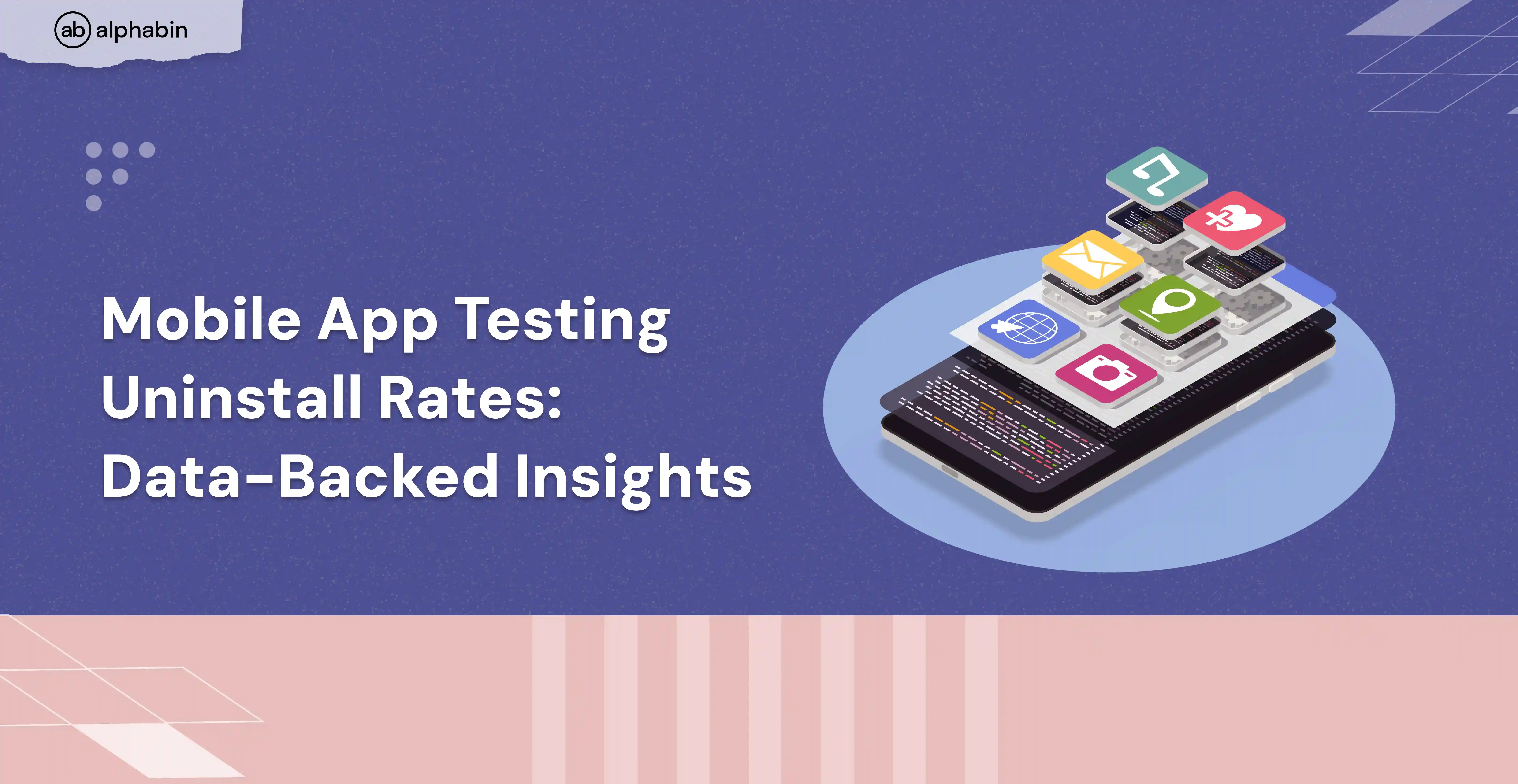User acceptance testing services
Ensure user satisfaction and business success with our flexible UAT testing solutions.
.webp)




































.webp)
Pain without UAT
Don’t let untested software disappoint your users and damage your reputation.
Missed business goals
Missed business goals

Software that doesn’t meet user needs can hurt adoption, revenue, and how people see your brand.
Costly post-release fix
Costly post-release fix

Finding issues after launch can cost a lot more than fixing them during UAT.
Unmet expectations
Unmet expectations

Differences between what the development team thinks and what users need can cause user abandon the product.
Lost opportunities
Lost opportunities

A bad user experience can lead to lost sales, lower customer value, and missed chances in the market.
Benefits of UAT
User acceptance testing brings several benefits that contribute to the overall success of the software.
Alignment with objectives
UAT makes sure the software matches business goals and user needs.
Cost-efficient issue resolution
UAT finds and fixes issues before the software is released, reducing the cost of fixing problems after release.
Clear communication
We encourage clear communication between development teams and end-users, reducing misunderstandings.
Enhanced user experience
This service helps improve the user experience, reducing the chance of lost sales and unhappy customers.
Interested in launching a software that users love?

.webp)
What we test
We work closely with end-users to make sure and improve application requirements, ensuring a good user experience.
Test traceability
We make sure tests cover everything and can be traced using tools like TestRail or Jira to track UAT progress.
User story validation
We check user stories against acceptance criteria using behaviour-driven development (BDD) frameworks like Cucumber.
Mobile app UAT testing
We test UAT scenarios for mobile applications using mobile testing frameworks like XCTest or Espresso.
Cross-browser testing
We check cross-browser compatibility with services like BrowserStack to ensure consistent performance across different browsers.
UAT test automation
We automate UAT test criteria using behaviour-driven development frameworks like Behave (for Python) or SpecFlow (for .NET).
Accessibility testing compliance
We ensure accessibility compliance with tools like Axe or WAVE to make the application accessible to users with disabilities.
And other validations like
Navigation testing, Workshops, and Integration testing with external systems.

UAT software testing is the ultimate litmus test, ensuring that the software not only works but is embraced by its intended users.
.webp)
Client Successes
A Supply Chain Management Software with many problems used our User Acceptance Testing services.
Challenges
Challenges
Our client had a complex supply chain management system. They had problems with user workflow issues, integration problems, and data inaccuracy that threatened to make their software less efficient.
Solutions
Solutions
We carried out a thorough UAT process, working with end-users to check workflows, integration points, and data accuracy. Repeated testing cycles made sure the supply chain software met user expectations.
Result
Result
Workflow bottlenecks were cut by 50%, integrations lined up seamlessly, and data accuracy went up by 85%.
A strategic path to User Acceptance Testing
We use a custom approach to UAT to ensure a smooth path to user satisfaction and excellent application.
1.

Collaborative scenario crafting: We work with end-users to create realistic usage scenarios, aligning testing goals with user expectations.

User-centric environment: We set up a test environment that focuses on user needs, replicating real-world conditions.

UAT workshop initiation: We start UAT workshops to collect user insights, expectations, and preferences, guiding future testing strategies.
2.

Dynamic test design: We design dynamic test scenarios that go beyond scripted test cases to find subtle issues.

Feedback-driven adjustments: We adjust testing methods based on continuous user feedback during exploratory sessions.

User interaction simulation: We simulate real-world user interactions during UAT, promoting a complete understanding of app usability and performance.
3.

User-driven test execution: We encourage users to actively participate in test execution, allowing for immediate feedback.

Interactive testing workshops: We hold interactive testing workshops, promoting direct communication between users and testing teams.

User journey reports: We create reports that describe the user journey during UAT, providing insights for improving development.
4.

Agile integration: We smoothly integrate user feedback from UAT into the agile development cycle.

User-driven feature iterations: We encourage iterative feature development based on user input, aligning application improvements.

Regression testing: We include UAT scenarios in the overall regression testing framework, ensuring the app remains stable with each release.
.webp)
Why choose Alphabin?

Customized UAT plans
Tailor-made UAT plans to suit the specific needs and context of your project.

Post-implementation support
Beyond testing, we offer post-implementation support to address any issues that may arise after deployment.

Transparent testing
Receive documentation of UAT test cases, scenarios, and results, facilitating clear communication.
.webp)
Our Resources
Explore our insights into the latest trends and techniques in User Acceptance testing.

Mobile App Testing Device Fragmentation: 2025 Benchmarks
- Sep 30, 2025
Learn 2025 benchmarks on device fragmentation in mobile app testing. See coverage costs and QA challenges across platforms.

Mobile App Testing Uninstall Rates: Data-Backed Insights
- Sep 20, 2025
Discover uninstall rates in mobile app testing with 2025 data. Understand why apps get removed and how QA teams can respond.
Frequently Asked Questions

UAT focuses on validating the system from the end-user’s perspective, ensuring it meets business requirements and functions as intended in a real-world scenario. Unlike unit testing and integration testing, UAT involves testing the entire system.

Standard software acceptance testing methodologies include manual testing, exploratory testing, and acceptance test-driven development (ATDD). The choice depends on factors like project complexity, timeline, and the need for automation.

To ensure comprehensive test coverage in UAT, we use tools like TestRail or Zephyr for test management and execution. These tools help organize test cases, track progress, and provide detailed reporting on UAT testing activities.

Automated UAT testing services helps expedite repetitive testing tasks. Tools like Selenium or Cypress may be integrated to automate regression testing, ensuring rapid feedback on application changes, while manual testing focuses on user-centric scenarios.

User Acceptance Testing aligns seamlessly with agile practices, often performed at the end of each sprint or iteration. This iterative approach allows for continuous feedback, ensuring that the system evolves based on user needs throughout the development lifecycle.

Defects identified during UAT are tracked using tools like Jira or Bugzilla. Our defect management process involves prioritizing, assigning, and resolving issues promptly to ensure a smooth and efficient UAT process.

UAT focuses on validating the system from the end-user’s perspective, ensuring it meets business requirements and functions as intended in a real-world scenario. Unlike unit testing and integration testing, UAT involves testing the entire system.
Automate your regression 5x faster with AI
See How in a Quick 15-Min Demo


















.svg)



.svg)
